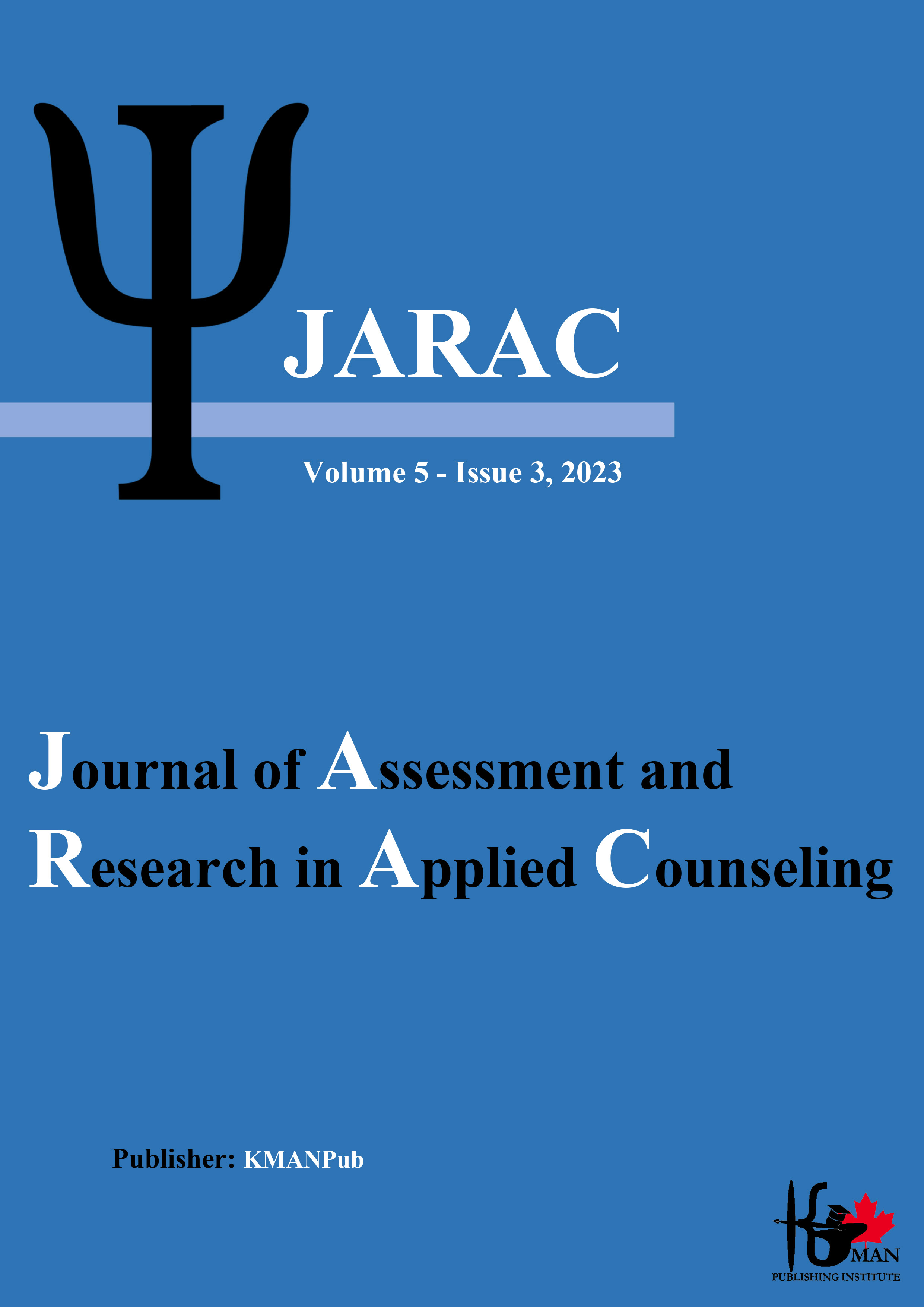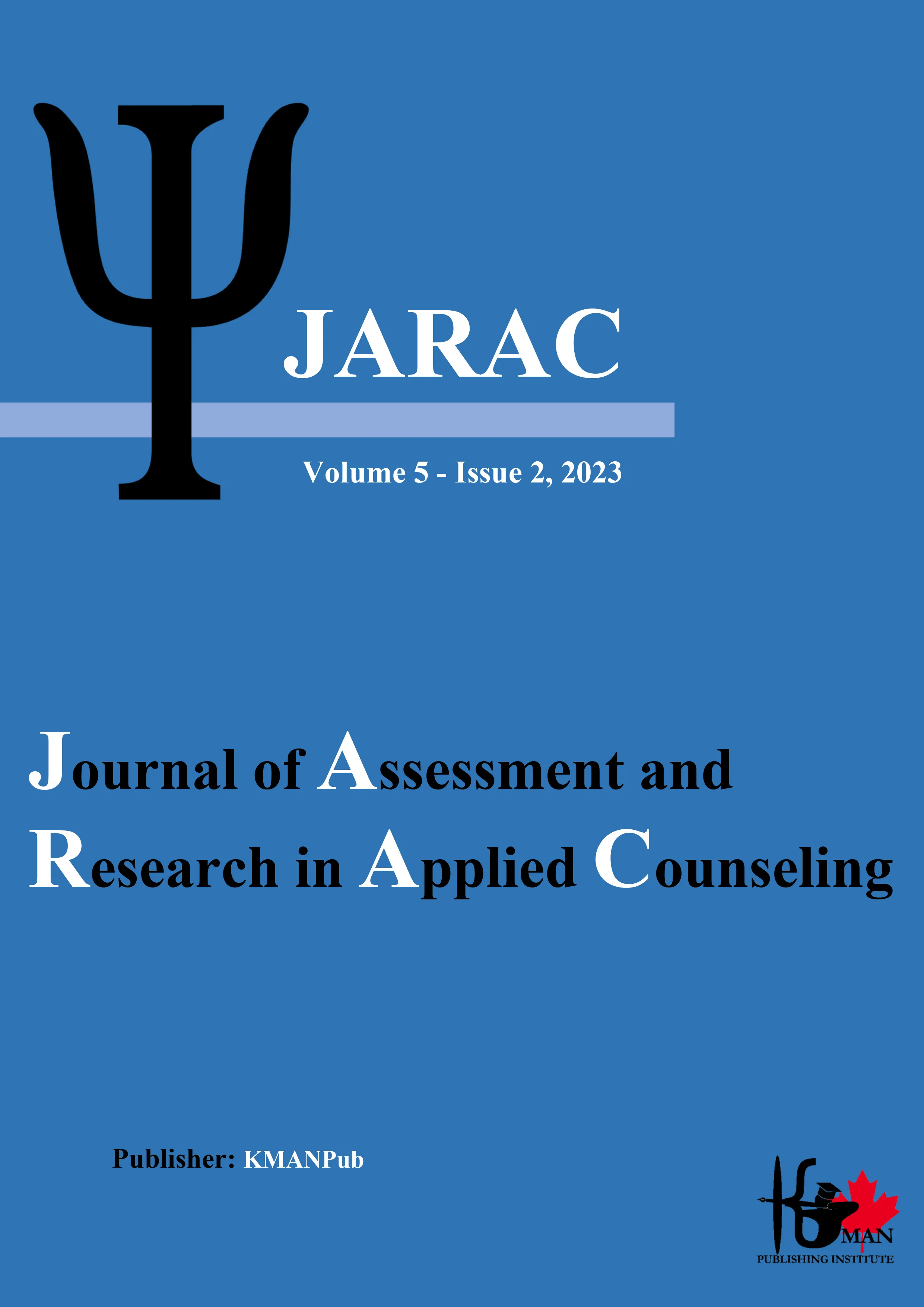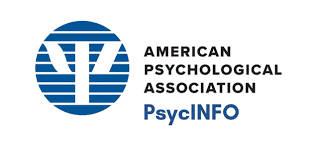Attachment Styles and Language Performance in Middle Childhood; Investigating the Predictive Potential for Clinical Diagnosis
Abstract
Objective: By exploring the language abilities of primary school children in attachment narratives and uncover potential associations between attachment styles and expressive indicators, this study investigated whether language performance can serve as a primary predictive measure for diagnosing attachment styles and injuries, particularly in cases where traditional assessment methods fall short.
Methods and Materials: This descriptive and qualitative research involved a statistical population of 100 elementary school children selected through random sampling from four locations in Tehran between 2017 and 2019. Attachment styles of the children were assessed using the Finzi questionnaire. Subsequently, two story prompts devised for Iranian children, following the MacArthur Story Completion approach, were administered according to the prescribed protocol. Qualitative coding was employed to analyze all stages of recording, implementation, and children's language performance. Then, the frequency of codes within each attachment style was assessed.
Findings: "Speech coherence" emerged as a significant indicator for secure children, while avoidant children displayed "briefness of expression" and "avoidance of response." Anxious children exhibited "talkativeness," "jumping from branch to branch," and "argument slippage," while disorganized children demonstrated "inability to respond" and "ambiguity" as key traits for early diagnosis of attachment style. Furthermore, only disorganized children showed a noticeable difference in the number of words expressed between the two stories. The primary distinction between these stories pertained to the presence of threats from parents or strangers.
Conclusion: This study suggests that attachment styles can be predicted through language performance within this sample size. Specifically, "talkative" in anxious attachment style, "avoidance of response" in avoidant attachment style, and "ambiguity and confusion" in disorganized attachment style are noteworthy indicators. Expanding the research to a larger sample size is likely to yield more precise results.
Downloads
Downloads
Published
Issue
Section
License
Copyright (c) 2023 Mahboobe Espeedkar, Davood Manavipour, Alireza Pirkhaefi (Author)

This work is licensed under a Creative Commons Attribution-NonCommercial 4.0 International License.















